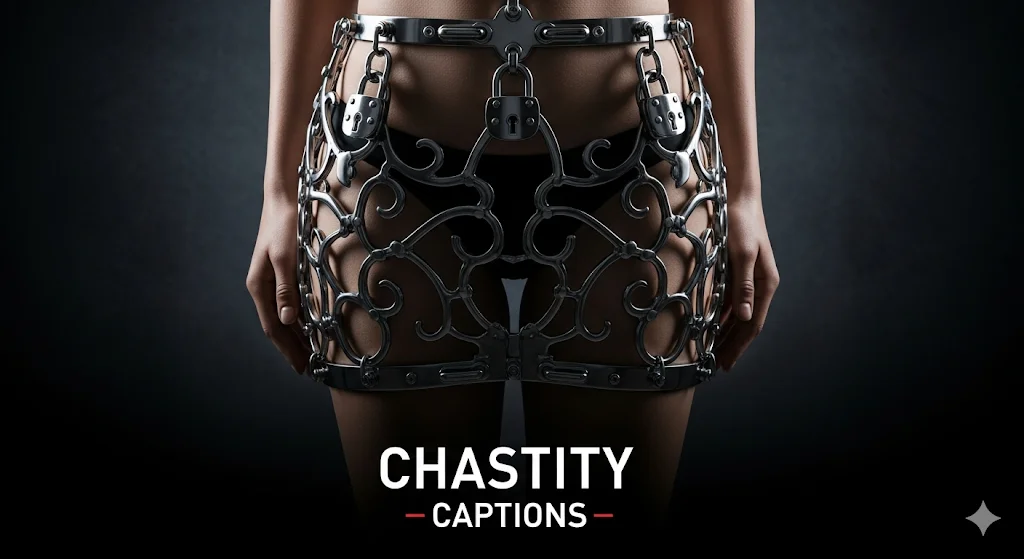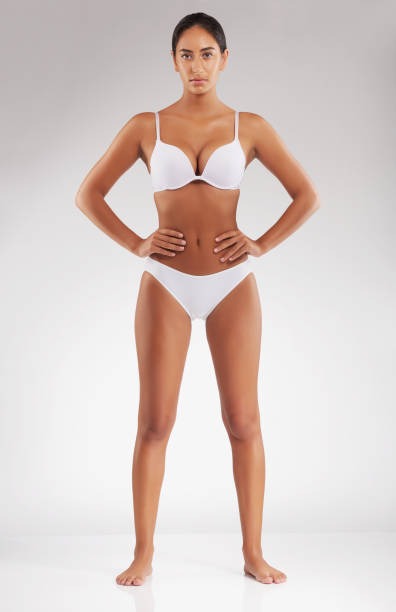There's a noticeable difference between casual nail care and actually professional work. A professional at home nail kit includes the same caliber of tools and products that licensed nail technicians rely on daily, just scaled for personal use. These kits go beyond basic polish and files—they incorporate advanced formulations, precision instruments, and quality standards that meet industry requirements. The professional beauty supply market has opened up significantly, with brands that previously sold only to licensed technicians now offering consumer versions of their commercial-grade products, maintaining the same quality standards that salons demand.
What Separates Professional from Regular
Tool grade makes an immediate difference. Professional nail files use Japanese or Korean grit technology with evenly distributed abrasive particles. Cheap files have uneven grit that creates micro-tears in the nail plate. Under microscopic analysis, nails filed with professional-grade tools show smooth edges, while those filed with drugstore versions display rough, damaged surfaces.
Stainless steel tools matter for hygiene and longevity. Medical-grade stainless steel (typically 410 or 420 grade) resists corrosion and can be sterilized repeatedly without degrading. Professional cuticle nippers use precision-aligned blades that cut cleanly instead of tearing tissue. The difference shows up in how your cuticles heal and grow back.
Polish formulas in professional kits undergo different testing. They're usually 5-free or higher (excluding formaldehyde, toluene, DBP, formaldehyde resin, and camphor). Some professional lines are now 10-free, removing additional potentially harmful chemicals while maintaining performance. Clinical testing on these formulas shows they cause fewer allergic reactions and nail damage over extended use.
The Curing Technology Advantage
Professional LED lamps use dual-wavelength technology, emitting both 365nm and 405nm light. This broader spectrum cures all gel types effectively because different photoinitiators respond to different wavelengths. Single-wavelength consumer lamps sometimes struggle with certain gel brands, leading to incomplete curing.
Heat management in professional lamps is engineered better. They include cooling systems that prevent the uncomfortable burning sensation some people experience during curing. This happens because the exothermic reaction in gel polymerization generates heat—better lamps dissipate this more effectively.
Sensor technology in high-end lamps detects when your hand enters and automatically starts the curing cycle. It sounds like a small thing, but it prevents undercuring from forgetting to start the timer or overcuring from leaving nails in too long. Consistent cure times produce consistently better results.
Builder Gel Systems Explained
Professional kits often include builder gel systems—thick, self-leveling gels that add strength and length. These gels have higher molecular weight oligomers that create more durable crosslinks during curing. Material science research shows properly cured builder gel has tensile strength comparable to natural nail keratin.
Hard gels versus soak-off gels serve different purposes. Hard gels (non-porous) create extensions that last 3-4 weeks but require filing for removal. Soak-off gels (porous) dissolve in acetone but may not support longer extensions as well. Professional kits include both so you can choose based on your needs.
Rubber base coats changed extension work completely. These flexible base gels contain elastomers that prevent cracking and lifting. They work especially well for people with naturally flexible nails that tend to break traditional gel extensions. Studies on gel adhesion show rubber bases reduce lifting incidents by roughly 40% compared to standard bases.
Precision Application Tools
Detail brushes with varying hair counts enable different techniques. A 7-hair brush creates ultra-fine lines for nail art, while a 12-15 hair brush handles most color application. Professional synthetic brushes (usually nylon or polyester) work better with gel than natural hair because they don't absorb and swell from the product.
Dotting tools in multiple sizes aren't just for dots. Professionals use them to create marble effects, place rhinestones precisely, and blend colors. The stainless steel versions maintain their shape better than plastic alternatives.
Silicone tools for sculpting and shaping have become standard in professional kits. They don't stick to uncured gel the way metal or wood tools do, making cleanup and design work cleaner. The angled ones are particularly useful for pushing gel into sidewall areas without flooding cuticles.
Maintenance and Longevity Factors
Professional products last longer because they're formulated for stability. Gel polishes in professional kits maintain consistency for 18-24 months when stored properly, while consumer brands often separate or thicken after 6-9 months. This comes down to the quality of solvents and stabilizers used in the formula.
Brush care extends product life significantly. Wiping gel brushes with alcohol after each use and storing bottles upside down occasionally prevents hardening. Some professional gels include brush cleaners specifically formulated to remove buildup without damaging bristles.
Tool sterilization should happen after every use if you're sharing with others, or at minimum weekly for personal use. Professional nail supply companies sell autoclave-safe tools for this reason. At home, soaking metal tools in 70% isopropyl alcohol for 10 minutes achieves adequate disinfection.




Want to add a comment?